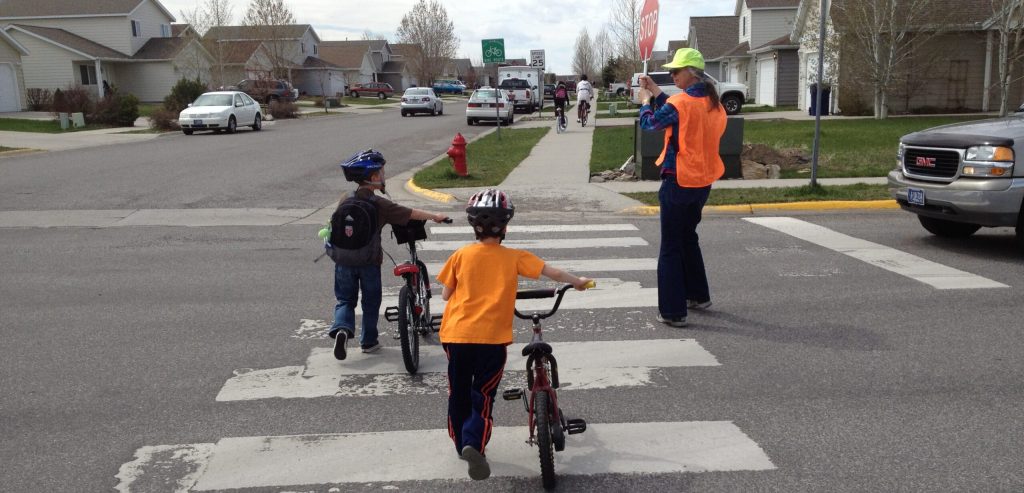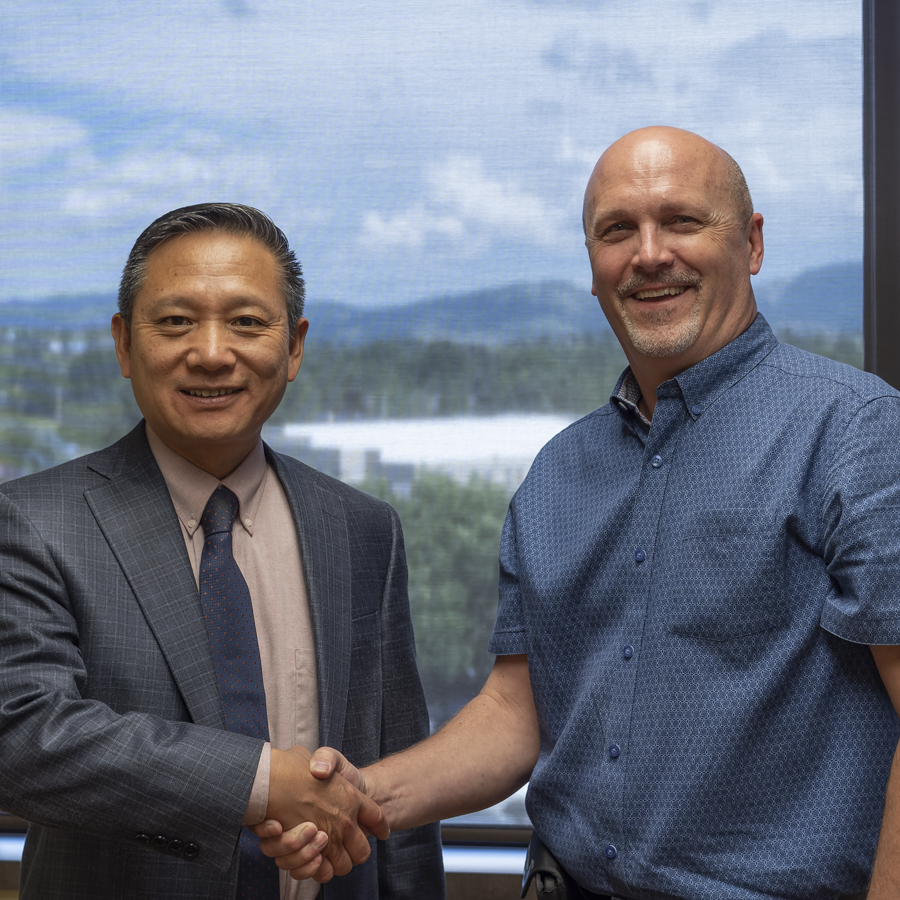Supporting Alternative Mobility Considerations for Rural Northeastern Pennsylvania
Expanding Mobility Options in Escambia County, Alabama
Active Commuting Options Abound for Bozeman’s Elementary Schoolers

An ongoing collaboration between WTI, the City of Bozeman, and three Bozeman elementary schools is ensuring children develop valuable bike and walking skillsets, while also enjoying the outdoors with friends. As of last April, students from Hyalite and Meadowlark Elementary Schools have been meeting their classmates at a local park to collectively walk or bike […]
David Kack Hands WTI Director Role to Kelvin Wang

A word from our staff: As Montana State University prepares for the start of the Fall semester, August is also bringing change to WTI as we welcome a new director. As many of you may know, David Kack and his family have started a new life chapter in Tennessee, and while David will continue remotely […]
Engaging Community Partners and Youth to Enhance and Sustain Safe Routes to School
Building Active Communities Technical Support ’23-’24
Insights to Support Transportation Equity in Rural America: A Primer and Practical Compilation of Concepts, Resources, Tools, and Reforms
WTI Employees Take the Lead in Transportation as TRB Chairs
This January, three WTI researchers will have the honor and responsibility of presiding over committees they chair at the 2023 Transportation Research Board (TRB) Annual Meeting (January 8-12th) in Washington, D.C. TRB is one of seven programs housed in the National Academies of Science, Engineering, and Medicine, and facilitates research, the exchange of ideas, and […]
PROJECT News: Scan of Communities with Fewer than 10,000 People finds Biking/Walking to be “Wheelie” Popular
Walking and bicycling have become increasingly popular transportation modes as people consider the positive impacts of active living. While there are examples of large, urban areas driving the implementation of infrastructure to support these modes within their jurisdictions, communities with populations smaller than 10,000 people may have limited infrastructure and know-how. Since 84% of communities […]
